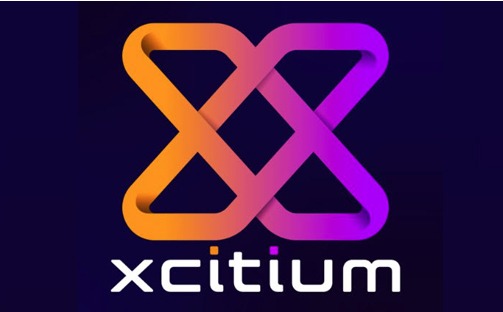Intel dan AMD Gagal Lindungi Trusted Enclave dari Serangan Fisik

Intel dan AMD Gagal Lindungi Trusted Enclave dari Serangan Fisik
Trusted Execution Environment (TEE) technology, implemented by Intel through Software Guard Extensions (SGX) and by AMD through Secure Encrypted Virtualization (SEV), is a hardware defense layer designed to protect sensitive data and code even if the operating system or hypervisor is compromised. TEE creates isolated, encrypted "enclaves" inside the processor.
However, recent security research has revealed a shocking fact: the trusted enclaves of both chip giants, Intel and AMD, have utterly failed to protect secrets from the most fundamental type of cyber attack—physical attacks. This discovery raises serious concerns about the security of cloud computing, digital rights management (DRM), and cryptographic key storage.
Mechanism of the Physical Attack Against TEE
The attacks that successfully breached the TEE defense are not typical remote cyberattacks but rather leverage physical access to the computer hardware.
-
Attack Target: Researchers demonstrated that they could exploit flaws in the TEE hardware design to manipulate the processor's voltage, temperature, or execution timing (side-channel attacks or fault injection).
-
Key Extraction: By triggering highly specific and measured "glitches" on the processor while the TEE is decrypting or processing data, attackers can induce an intentional leak. This leak allows them to extract the encryption keys protecting the enclave itself or the data being processed within it.
-
Key Implication: Once the master encryption key is stolen, the isolation promised by SGX or SEV becomes meaningless. All confidential data stored or processed inside the enclave is now fully accessible to the attacker.
Widespread Impact on the Digital Industry
This discovery has profound implications, extending far beyond typical PC security:
-
Cloud Computing Security: Many major cloud providers rely on TEE to offer confidential cloud services, where clients can be assured that their data is inaccessible even to the cloud admins themselves. This failure undermines the promise of cloud privacy.
-
Digital Rights Management (DRM): TEE is used to protect copyrighted content (like high-resolution 4K movies) from piracy. This attack potentially dismantles that DRM protection layer.
-
Cryptography and Crypto Wallets: Financial institutions and cryptocurrency platforms that use TEE for storing master keys must now re-evaluate their protection methods, as this attack targets the core of hardware security.
Industry Response and Mitigation Steps
Both Intel and AMD have reportedly acknowledged these vulnerabilities. While software patches (such as firmware or microcode) can mitigate some aspects of the flaws, experts warn that some weaknesses might be fundamental to the hardware design and difficult to completely address without significant chip revision.
For cloud users and corporations, the focus must shift to a security model that views TEE as a good defense, but not the only one. Defense in depth remains the best strategy.
Need Any Technology Solution






